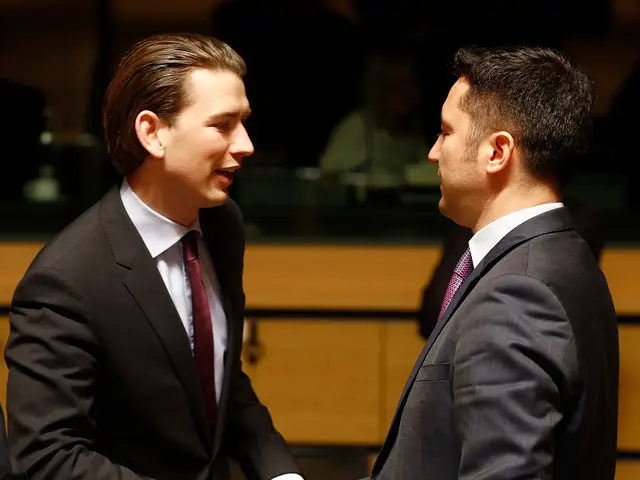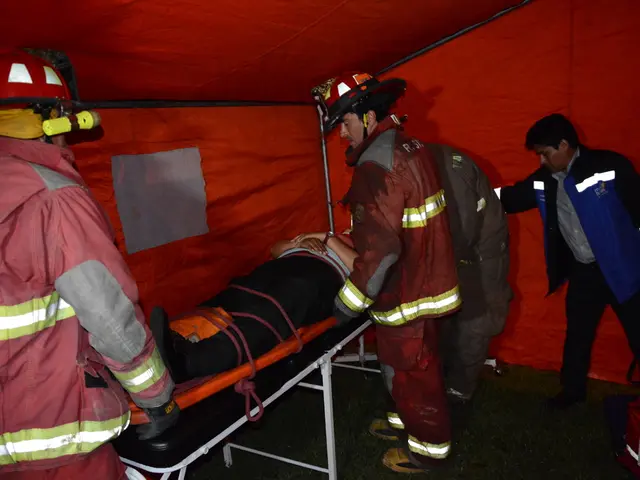Massive tactical drill in Ulm: Emergency responders, hospitals, and police report successful outcomes
Ulm's Large-Scale Emergency Exercise Demonstrates Efficient Multi-Agency Response
In a unanimous evaluation, police, aid organizations, and clinics in the Ulm area praised the results of the large-scale emergency exercise that took place on Saturday. The exercise, held at the largely vacant Blautalcenter, aimed to simulate a mass casualty incident (MCI) and test the cooperation between emergency responders and healthcare providers.
The drill placed a emphasis on swift decision-making, injury classification, and effective response in a scenario involving armed perpetrators, in addition to the usual challenges of an MCI. Participants commended the exercise's overall success, with the police identifying areas for improvement but recognizing their readiness for adept situation management.
The Military Hospital Ulm concurred, noting minor operational glitches like a missing camera mount or less-than-optimal stretcher placement. However, head of public relations, Stefan Dollowski, emphasized that such issues could be resolved through improvisation, and the overall concept was deemed stable and resilient. Dollowski added that the opportunity presented by such an exercise was unique, as they had not previously had this type of large-scale simulation.
The University Hospital Ulm highlighted the exercise as a chance for young doctors and less experienced staff to work alongside clinically experienced professionals, fostering valuable collaboration and knowledge exchange. In total, 1,100 personnel participated, facing intense challenges of stress, noise, and technology.
The police and participating organizations expressed gratitude for the numerous volunteers and extras who contributed to the exercise's success. In the case of a real-life MCI, such cooperation and preparedness would prove invaluable in ensuring swift and effective emergency response.
In general, large-scale exercises like the one in Ulm serve to optimize coordinated response efforts among emergency responders and healthcare providers, promoting seamless communication, resource allocation, and swift decision-making in the face of complex disaster scenarios. As such exercises become more frequent, public safety improves significantly, ensuring that emergency responders are better equipped to handle mass casualty events effectively.
In the aftermath of the successful large-scale emergency exercise in Ulm, it was recognized that collaboration between emergency responders, science, health-and-wellness professionals, and fitness-and-exercise volunteers was crucial in simulating and managing a mass casualty incident effectively. Subsequently, the University Hospital Ulm highlighting this exercise as a means to facilitate collaboration between young doctors, less experienced staff, and clinically experienced professionals, reinforcing the importance of knowledge exchange in such critical scenarios.






